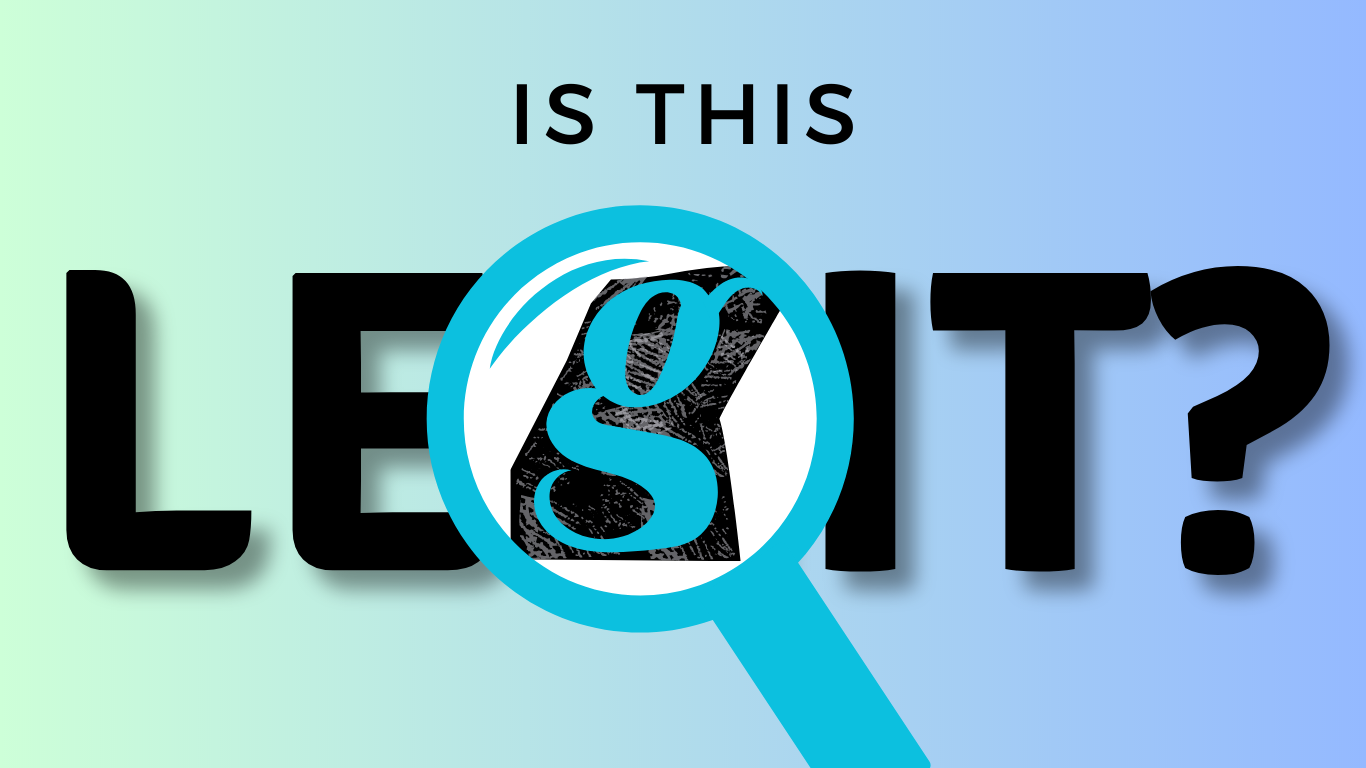Advertising During the Super Bowl is a "Costly Signal" to Consumers
Some of the most iconic TV ads of all time have used the Super Bowl as the event they use to break through to the masses. Advertisers covet these spots because they know they’ll never get a better chance each year to leave an impression on millions of people tuned into watch the big game.
However, there happens to be one problem – most of us can’t remember any of the Super Bowl ads! But, maybe forgetting the message of a Super Bowl commercial isn’t such a bad thing. Instead, brands that advertise during the Super Bowl are signalling to consumers a different kind of message.
Dollar, Dollar Bills Y'all
This past Super Bowl saw advertisers shell out up to as much as $5 million to air a 30-second commercial spot, and that does not even include the cost of actually creating the ad. Brands willing to pay top dollar for the opportunity to talk to over 100 million people are betting big that their ad campaigns will pay off in a huge way. But, what is the actual payoff for a Super Bowl ad?
Wait, what was that commercial again?
A recent study found that 1-week after the 2016 Super Bowl, most people forgot more than 90% of all the brands that were advertised during the game. 90%! Even more surprising is that people’s recall of the Super Bowl ads didn’t improve if they saw the ad previously (online or otherwise). Paying millions of dollars for a Super Bowl ad that has such a short half-life seems like a colossal failure, but is it?
Paying attention to the game vs the commercials
Asking people to explicitly recall an ad, even after a week, is a difficult task. It is made even more difficult by virtue of the fact that the commercials will never be the primary focus of the audience’s attention. I know what some of you are thinking– ‘but a lot of people tune in to the Super Bowl to watch the commercials’. While that may be true, you’d be fooling yourself into thinking that the commercials trump the game itself.
Since the focus of the audience's attention is squarely on watching the actual Super Bowl game, that means that people will be able to remember more details from the game itself, even after a week. Since the commercials receive relatively less of the audience’s attention, it is more of a challenge for people to remember the details (e.g. what brand was that commercial for?) of each commercial. But just because people can’t remember all the details of a commercial, doesn’t mean they’ve forgotten it entirely.
As a result, the benefit to a brand that advertised during the Super Bowl was not reflected in the consumer’s explicit recall of the ad, but instead in the implicit association that consumer’s now have created with the brand.
For example, you probably don’t remember whether it was Crest or Colgate that advertised during the Super Bowl…. Can't remember which of those brands you saw? ...
...Well, it was Colgate. But if you’re Colgate, or worked on the ad campaign, that is ok. Even though consumers don’t explicitly recall the message from the ad, they were still being sent a strong implicit message that in many means helps strengthen the Colgate brand at the expense of the Crest brand.
Super Bowls as “Costly Signals”
For all their pageantry, Super Bowl ads are signals to consumers about the strength of their brand. Essentially, brands are using those commercials to implicitly signal to consumers that their brand is strong enough to afford the cost of a Super Bowl commercial. Brands are using the spectacle of the Super Bowl to show off their dominance in their marketplace.
In fact, this type of boasting is commonly seen in nature. There is a theory called “costly signalling” from the fields of evolutionary biology and psychology that explains why some animals actually benefit from engaging in types of behaviours that would otherwise put them at a disadvantage.
One of the best examples of costly signalling comes from the Peacock. Male peacocks use their attention-grabbing feathers to attract females, but by doing so, they also run the risk of attracting predators. According to the theory of costly signalling, male peacocks use their plumage to communicate to other peacocks that they are so dominant that not only can they afford to risk attracting unwanted attention, but also thrive under those conditions.
Taking advantage of Costly Signals
Obviously, costly signals from a peacock are a far stretch from Super Bowl commercials, but costly signals have long been a part of human behaviour too. If we have an inherent bias to respond favourably to costly signals, then why can’t brands take advantage of that insight?
Perhaps brand have already taken advantage of costly signals without even knowing it. Arguably, the notion of a peacock using its feather to signal its strength to potential mates is analogous to an advertiser using the Super Bowl to communicate the strength of their brand to potential customers.
Costly signals have proven to be an effective evolutionary strategy played out in nature, so why should that strategy play out any differently in the Super Bowl?
Want to share your thoughts? Feel free to share them in the comments section below or on social media.













Dive into 'The Evolution of Shopping: An Odyssey Through "Spent"' where we unravel the ties between our shopping carts and our Stone Age legacies. Geoffrey Miller's insights in 'Spent: Sex, Evolution, and Consumer Behavior' lay the groundwork for an eye-opening journey into the consumer psyche. From the aisles of high fashion to the lots of luxury cars, understand the primal forces shaping our buying habits. Join us as we dissect how ancient signals of fitness now come cloaked in brand names and how modern marketing leverages these evolutionary cues. This thought-provoking piece promises to change the way you think about your next purchase. Are you ready to see beyond the price tag to the ancient codes embedded in your consumer DNA?